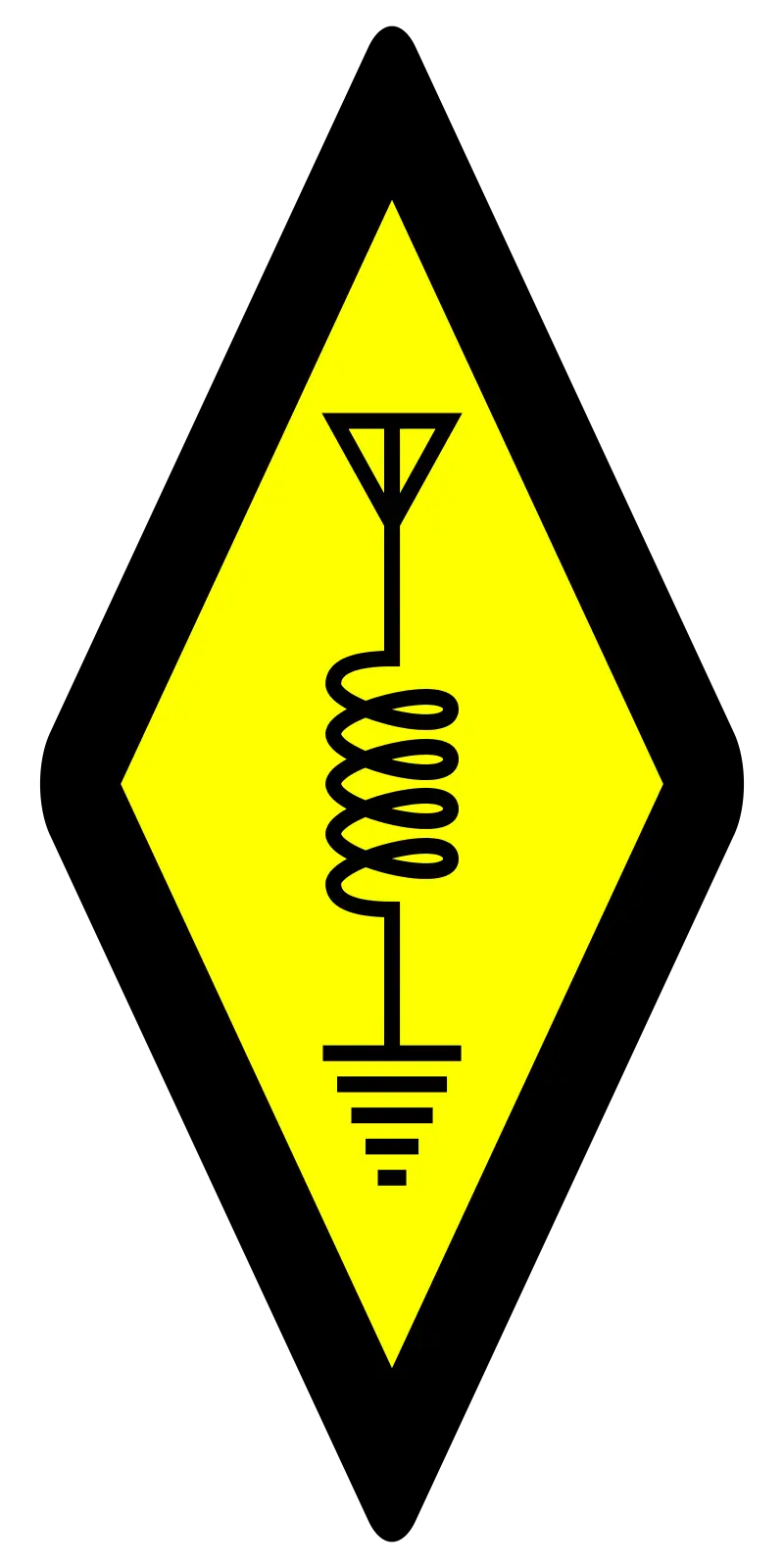tl;dr: if you could build a tiny array of nantennas, could you use it to form an image?
My inspiration for this idea comes from insect compound eyes as well as some uses of optical fiber like boroscopes and endoscopes, where light enters a dense array of optical fibers and emerges as an image on the other end.
The idea is that you have a densely packed array of nanoscopic antennas that are resonant at visible wavelengths, with each antenna connected to its own “feed line” which all in turn connect to a receiver that can collate the received signals from all the antennas into an image.


When you say it like that, it sounds really mundane.
Ignoring the how of it all, here’s how I imagine it working subjectively. They have a much wider visible spectrum compared to humans, but they can’t perceive the whole thing all at once. They have four pairs of nictitating membranes that act like bandpass filters. Between the bandpass membranes and signal processing in the brain, they “tune” to different spectra, and can even narrow the bandwidth of the received signal. They can sense light polarization by aligning or misaligning their eyes to the direction of polarization, and because their eyes don’t rely on focusing a light to a point, they can stare at the sun without harm or discomfort.
Subjectively, they have no fixed concept of color, as objects appear different depending on how their eyes are tuned. Their languages lack simple color words, and must rely on analogies to objects that are similarly colored, much like most (Western) languages have no simple terms to describe odors beyond relating them to their sources (“earthy”, “fruity”, “floral”, etc).
The low-end of their eyes’ frequency range isn’t set, but they can at least see thermal radiation emitted by living bodies, and the high end is set at the threshold of ionizing radiation. Because their eyes work equally well during the day and at night, they and other species in their clade that share the same eye structure are neither nocturnal nor diurnal, and have active and rest periods that do not sync with the day-night cycle. Upon achieving sapience and developing a structured society with the concept of timekeeping, they do not use different time zones.